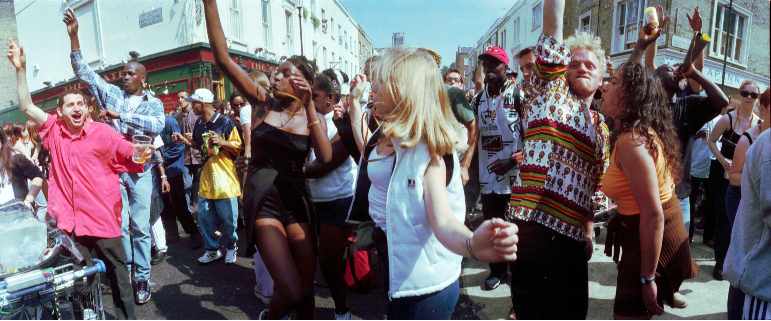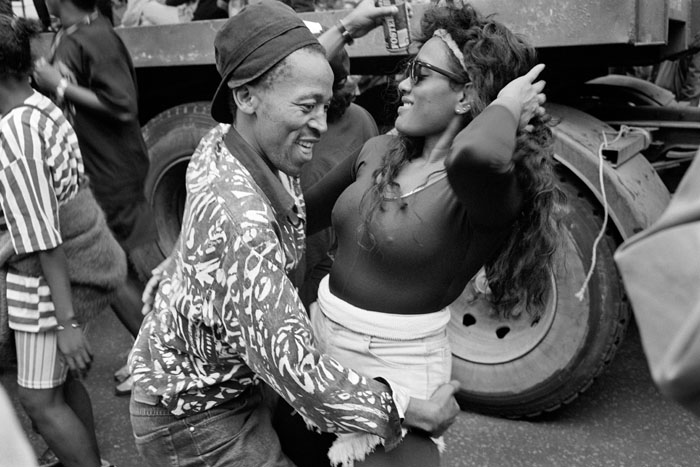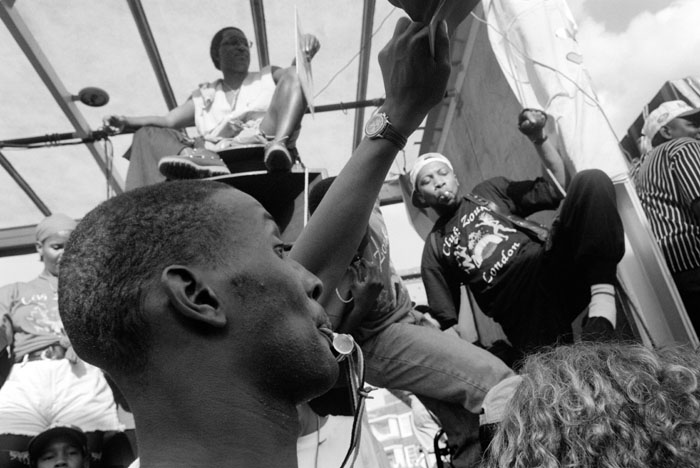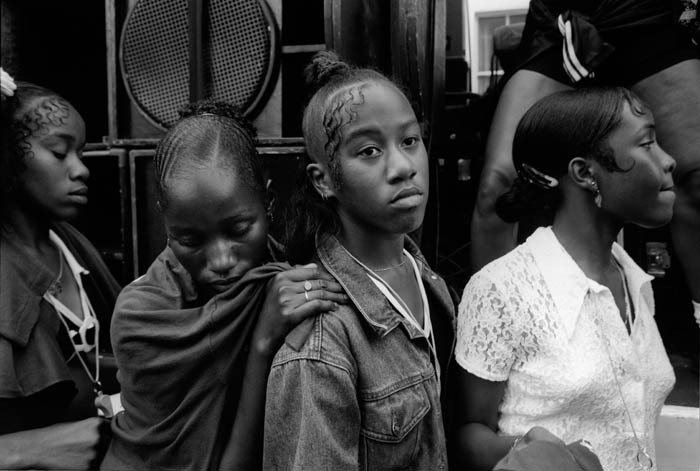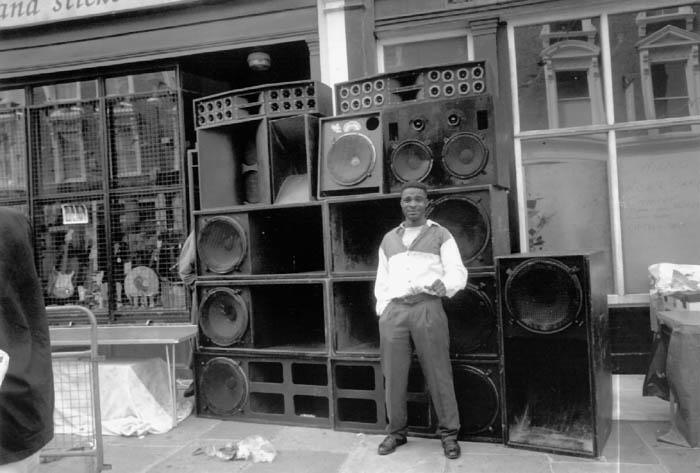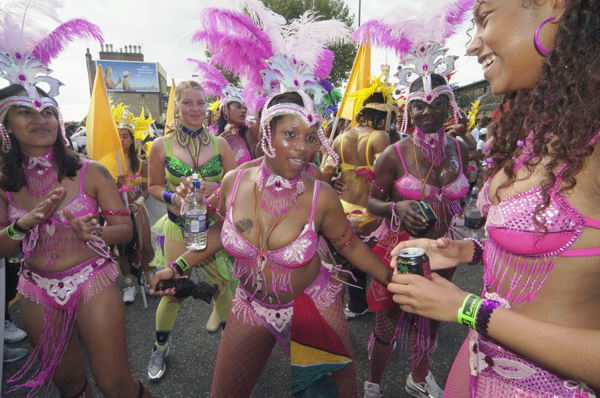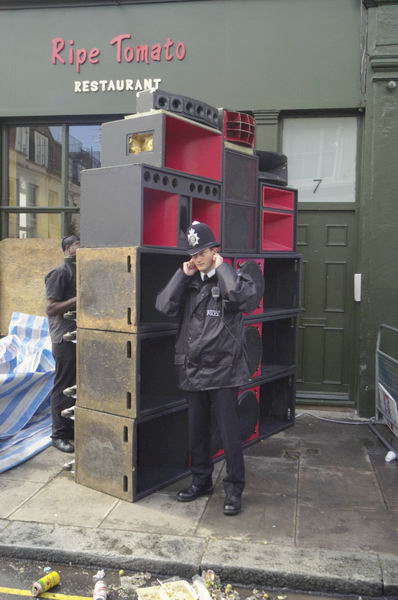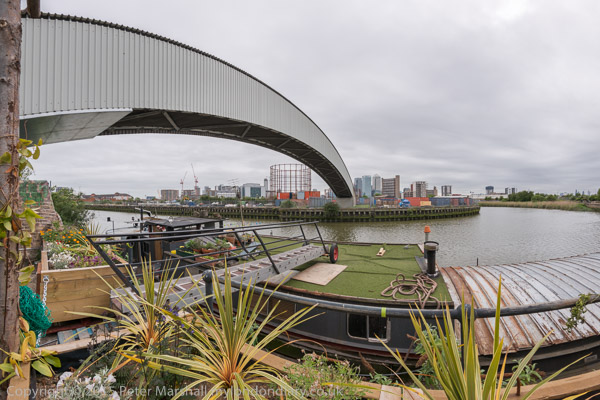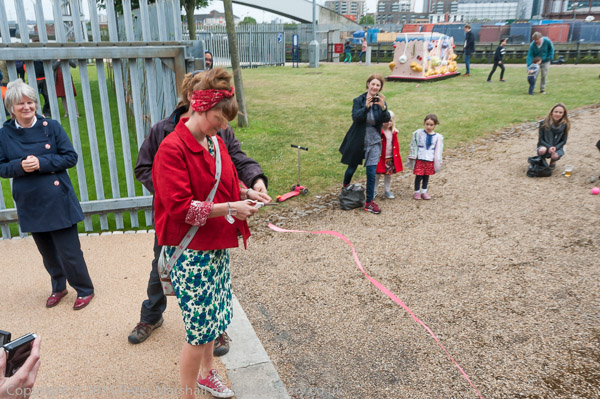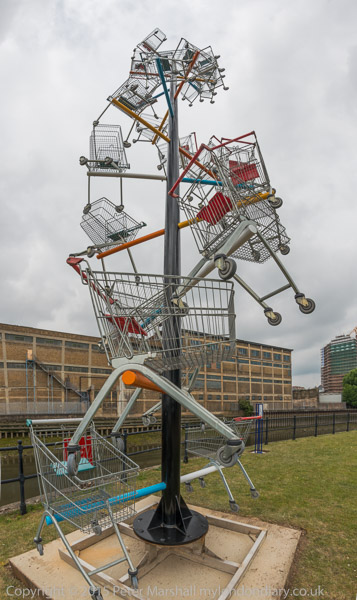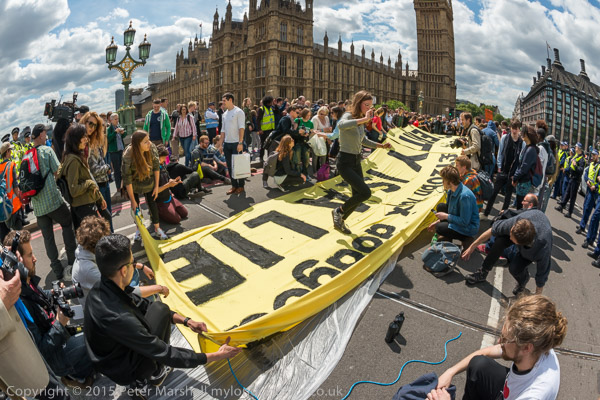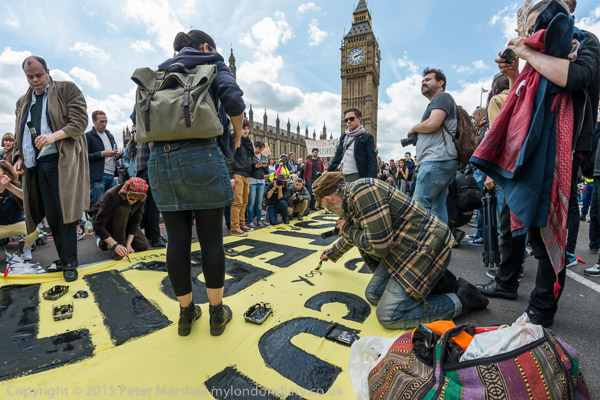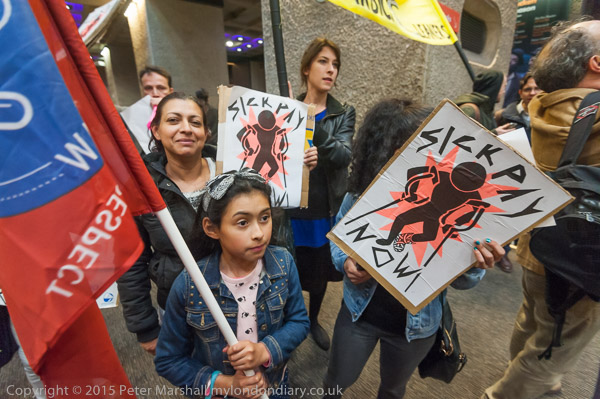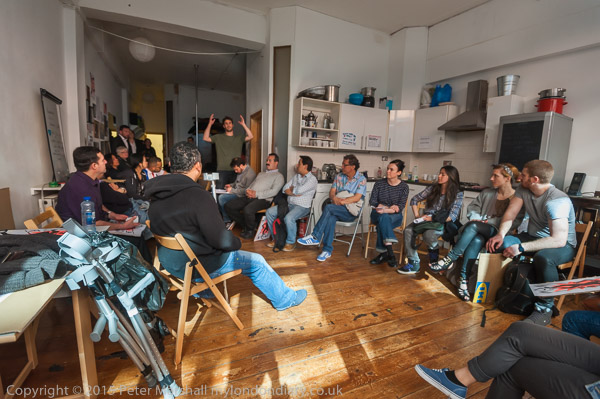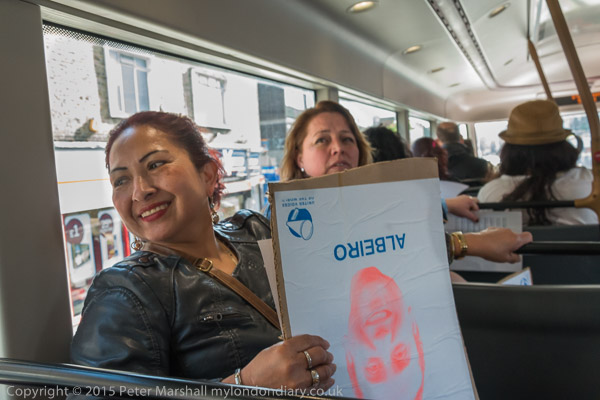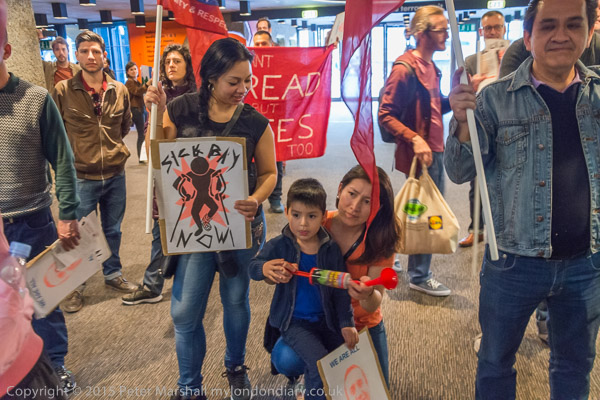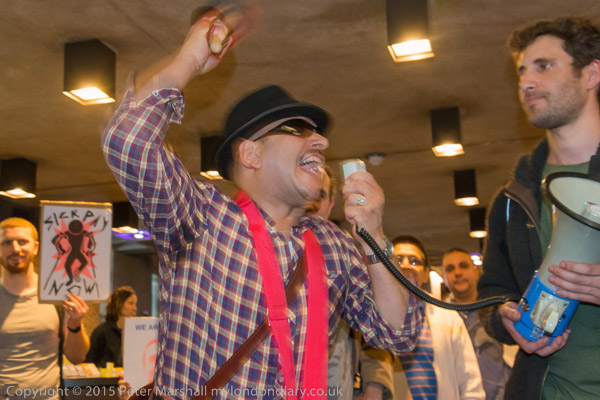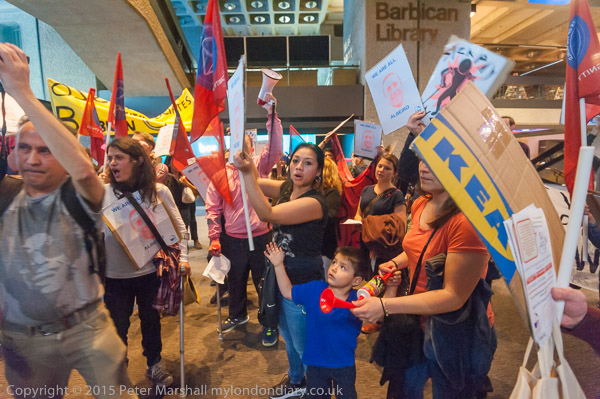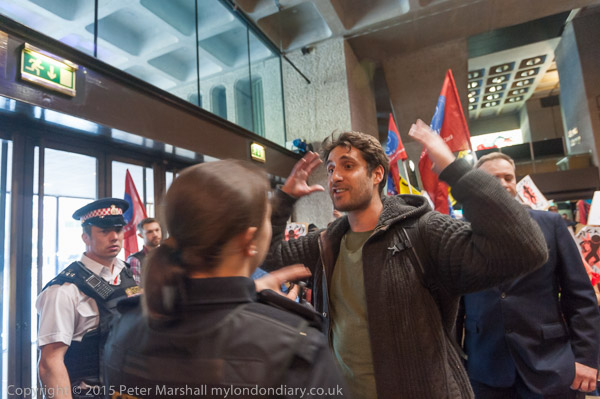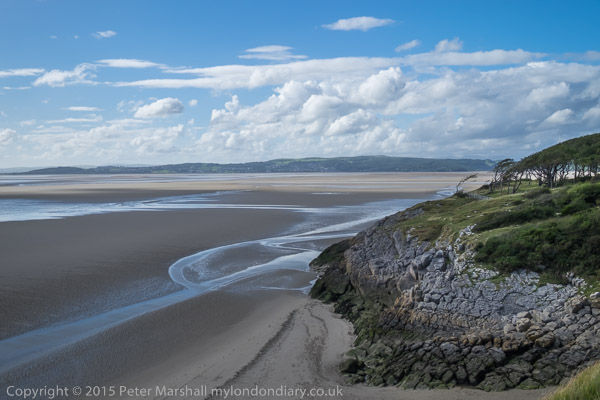
As regular readers may have noticed I didn’t post much last week. I was away from home staying together with a group of friends in a large house overlooking Morecambe Bay, and although I did take a notebook computer with me as well as a smartphone so I could check e-mail etc, neither is really comfortable for writing. Anything more than a dozen or so words on the virtual keyboard is a trial, and although my notebook has a half-decent keyboard, its smaller screen makes putting together pictures and text tedious. Coupled with a rather flaky WiFi signal at the residence posting would have been difficult.
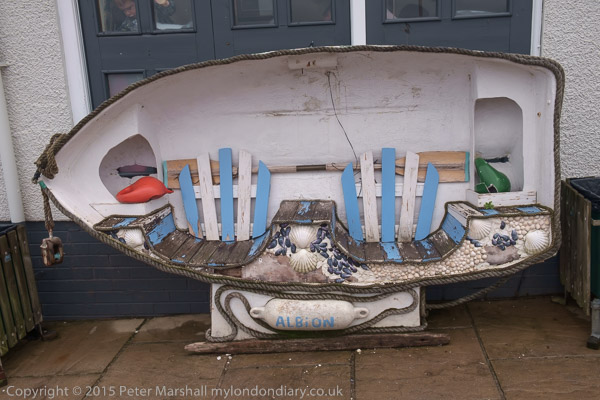
But I was in any case on holiday, getting very tired with a lot of walking and largely thinking about other things for a week, though of course I did take some pictures. I’d not taken the Nikons – too heavy to carry around, but I did have a fairly useful kit, with the Fuji X-T1 and X-E1 bodies, 10-24mm, 18mm, 18-55mm Fuji lenses, the Samyang fisheye and a Leitz 90mm f2.8 short telephoto. Along of course with half a dozen batteries, the whole lot weighs around a third of my normal Nikon kit.
Two batteries per camera body per day seems to be the absolute minimum for the Fuji cameras, even if you take few pictures. I was glad that I’d taken along my ExPro dual channel charger too, as those batteries are slow to charge. I still think there is some kind of power fault in my X-T1, though it’s been back for servicing at Fuji twice. Sometimes batteries seem to run down very quickly and the body gets rather warm.
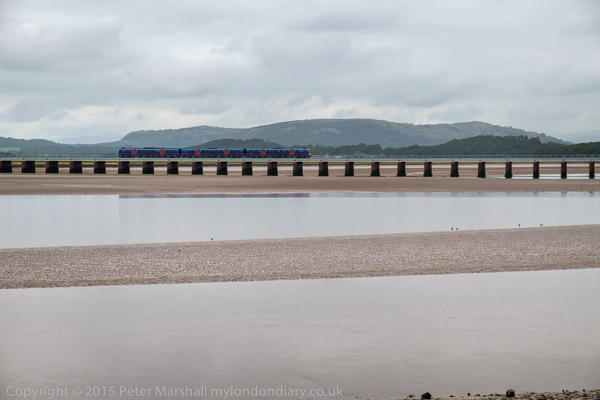
The only lens I didn’t use at all on the trip was the fisheye, though I wish I had. There were many truly panoramic views that it would have done justice to, where I used the rather less wide sweep of the 10mm end of the wide zoom. Nothing wrong with the pictures, but looking at some of them I feel a truly wide view might have been an improvement. I need to be in the right mood to use the fisheye, and somehow that didn’t happen.
Perhaps its just that I’m not really a landscape photographer, and just didn’t get sufficiently involved with my subjects in the AONB (Area of Outstanding Natural Beauty) we were staying in and walking around, Arnside & Silverdale. Or perhaps I was simply too exhausted; the web site says it has “almost 100km of well-maintained footpaths and narrow lanes and byways” and we seem to have walked along most of them at least once in our week there. Certainly we walked well over a 100km in the week, though there were some paths we took numerous times; my legs are still recovering.
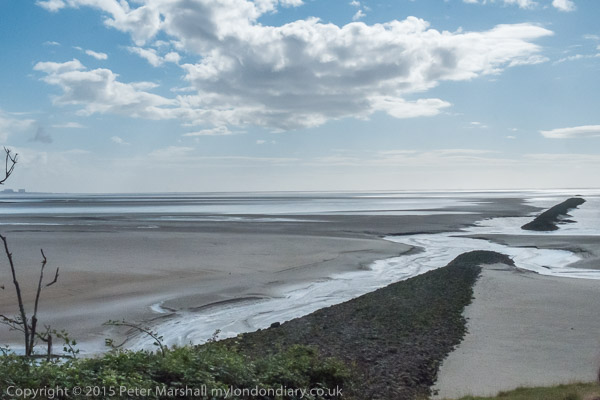
When I started using digital seriously at the end of 2002, working away from home for any length of time always involved the problem of how to store the images that you were producing. Then we worked with Compact Flash cards, and back then a 1Gb card was large, though if like me you worked with RAW images, still only large enough to store a few hundred compressed images. Since then, images have increased from 5 or 6 Mp to two or three times this size, 16 Mp on the Fuji X-T1, but 32 Gb cards now cost less than half the cost of much slower 1 Gb cards then.
So now there is no need for portable hard-disk based storage devices like the ‘Image Tank‘ I had to use back then, with its slow copying from cards to tank every evening. I took with me two 32 Gb SDHC cards and several 16 Gb spare in case I should fill these.
I take relatively few pictures when on holiday compared to working, and when I got home and sorted through eliminating the obviously worthless and some at least of the duplicates, the total for a week was just over a thousand images – 29Gb. I’m now slowly working through these, selecting the best and processing them to write them out from Lightroom.
Processing images from Fuji cameras takes rather longer than from Nikon RAW files. Using the Nikon cameras – particularly the D700, D800E and D810 – working with automatic white balance (AWB) in most cases gives an excellent colour balance, but all my files from the Fuji cameras, also taken with AWB, are off balance.
Yesterday I posted about this on a Fuji Facebook group and found other photographers have a similar problem. Their best advice seems to be to always work at a fixed colour temperature – such as 5000K – and then batch correct for images taken under the same lighting conditions using Lightroom.
I poked around in the camera manuals and menus and found that under the Auto white balance setting there is a WB Shift option. (I think there is the same facility on the Nikons, but I’ve never needed to use it.) I’d assumed that the default 0,0 setting on this would always give correct AWB, but it turns out that this is not so.
Soon I found myself facing a white wall and making a series of exposures with the X-T1 at different settings to find a proper white by adjusting the AWB setting, settling on R2, B-5. I just hope now that the same setting will actually give a true AWB under different lighting conditions. It’s a shame I hadn’t realised this before, though I think the X-T1 when I first used it gave better results with AWB and suspect it changed with one of the various firmware upgrades.
I also found that the X-T1 enables you to measure and store three custom white balance settings by photographing a suitable white object, though it isn’t possible to alter the names of these from Custom 1, 2 and 3. The X-E1 has only one custom setting. You can also alter the built-in settings (Fine, Shade etc) to your taste, and also the Kelvin colour temperature settings. This seems a little odd; 5000K should mean 5000K, and perhaps it does, and the adjustment is simply intended to enable you to chose colour temperatures between those offered on the menu.
I file all my images on the computer in folders by date of taking, which I find the easiest way to locate files. You can also set up virtual collections in Lightroom under various subjects or search on keywords to locate images on the same subject etc. The web site ‘My London Diary’ also acts as a useful index to my work, with its site search. It includes a representative selection of virtually all my digital work, with captions and other text allowing searching even if images are not key-worded. LR searches are fine, but are restricted to a single catalogue. LR can’t really cope with huge catalogues, and I have now decided to start a new one every year for my digital work.
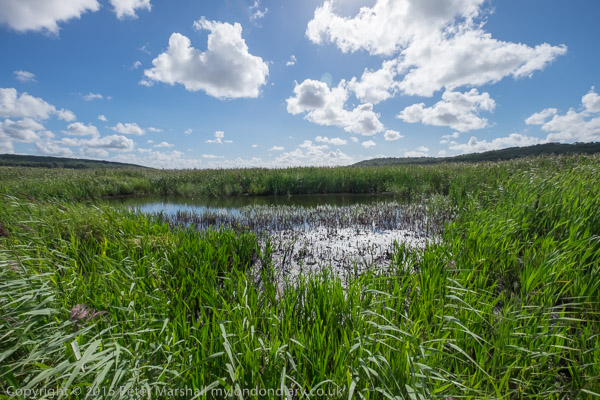
Working through the holiday images, I have the additional task of selecting them on metadata into groups taken with each camera. I work through these correcting colour balance – often being able to apply the same correction to a large batch of them and then perhaps a little minor fiddling on a few. Then I need to do the same to those taken with the other camera. It isn’t a huge problem, but it does add to the processing time.
I also took a few jpegs. Not on purpose, but when without thinking I altered the ISO dial on the X-T1 to ISO 100 when I decided I needed the highest quality to enable some giant enlargements. It had the opposite effect, degrading the image quality from that at the base ISO of 200.
Fuji do mark the setting on the dial as ‘L’ rather than 100 as a warning (and small symbols in the viewfinder do tell you that you have changed from RAW to jpeg) but it is surely a design flaw that Fuji allow users working on RAW to choose ISO settings that don’t give RAW images. It’s certainly a real pain both with the low and high ISO settings when it happens. With the low ISO setting I lost essential highlight detail, giving some odd effects in skies and a coarser feel to the images.
Is there really any point in having an ‘L’ setting like this on any camera (and it isn’t just Fuji who do so?) Does it even produce better results for those using jpegs? Or is it just another of those stupid features driven by marketing people? Whatever, if you have told the camera you want to work in RAW it shouldn’t sneakily change to jpeg.
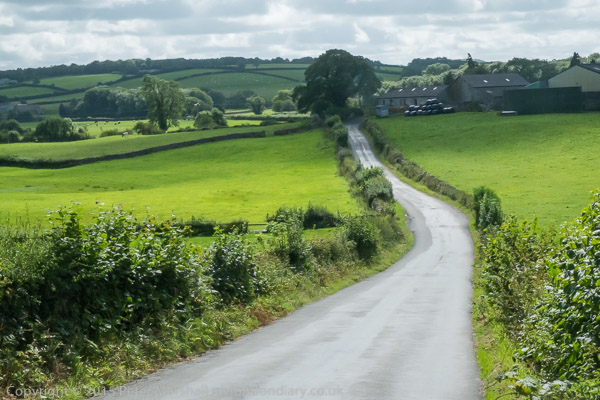
We chose a good week to go away, with heavy rain and some local flooding at home. There was rain where we were staying, but almost all at night, and plenty of blue sky along with clouds during daytime as you can see from these pictures.
Continue reading Holiday Pictures







